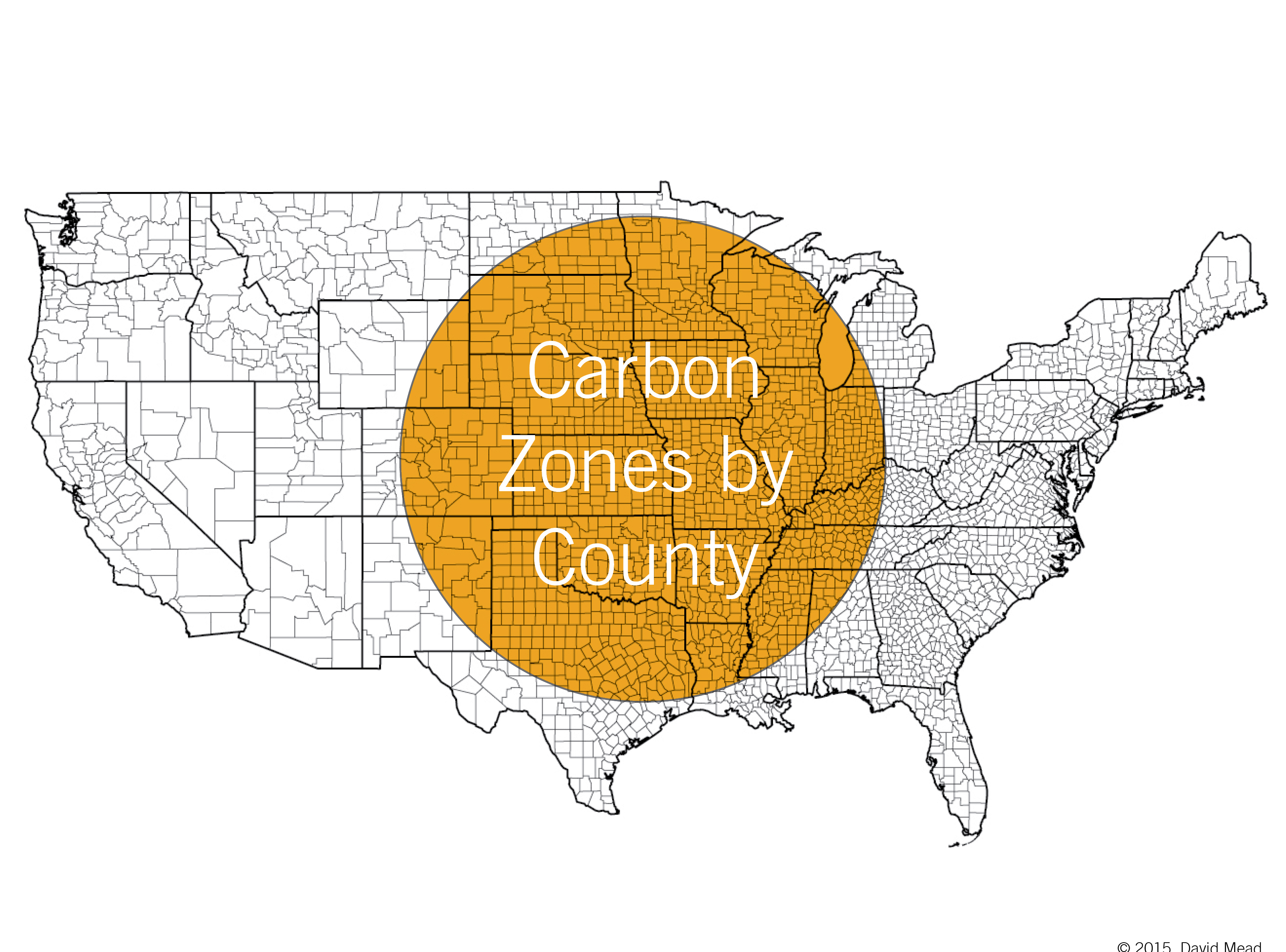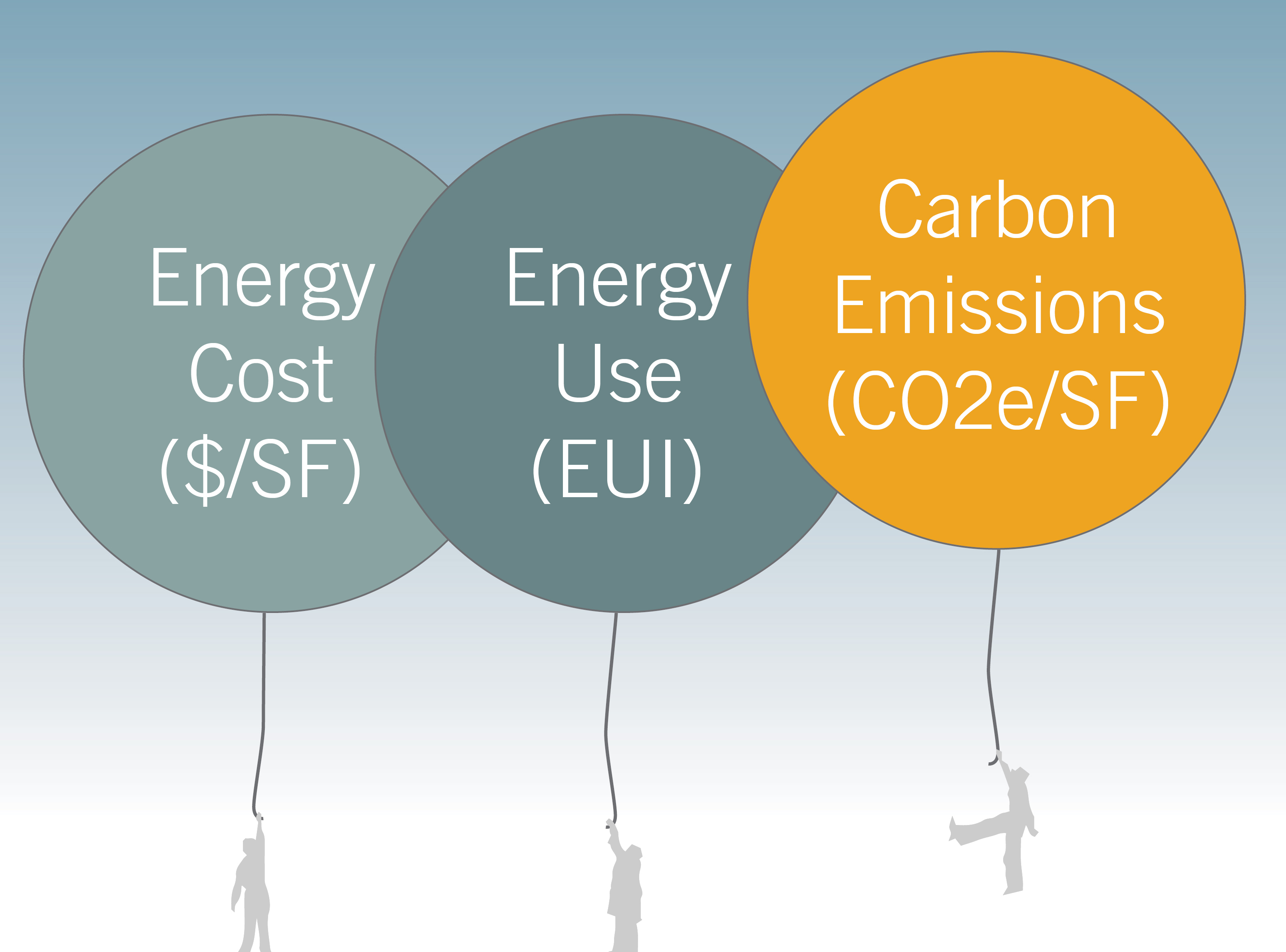Last year I attended the World Sustainable Building conference in Barcelona where all the talk was net zero carbon buildings. There was almost no mention of zero energy or net positive energy buildings. Since then, I've been wondering why the North American building industry is not looking at CO2e emissions. I have also seen how not looking at CO2e emissions can result in less than sustainable outcomes.

2015 has been a big year for CO2e as we have hit a historic threshold with carbon dioxide passing 400 parts per million (ppm) in the atmosphere globally. When I started learning more about the sustainable aspects of architecture over a decade ago, I kept hearing that 400 ppm was the threshold we did not want to cross. Unfortunately, here we are beyond 400ppm, and counting.With CO2 concentrations in the atmosphere at record highs, how is the building industry responding? Currently, the industry is focused on energy cost (per LEED) or energy usage (per Architecture 2030 and IECC). Energy cost is a poor metric to measure a building's impacts on climate change as it favors inexpensive fuel sources like natural gas. There are regions of the USA where electricity has higher emissions than natural gas, but there are also many regions where the emissions of electricity are significantly lower. Until the US government agrees to properly price the cost of polluting CO2e into the atmosphere, like a carbon tax, energy cost will completely ignore this pollution.
In the USA, energy use is typically measured in terms of the energy use intensity (EUI) of a building. The 2030 challenge has adopted this and the AIA is measuring it for all firms that report to the AIA 2030 commitment. Though the EUI metric is better than energy cost, it is still flawed as you can have a building with a low EUI that has high CO2e emissions. The CO2e will vary based on the project location as it is most variable based on the source of electricity. The problem with ignoring CO2e is that it doesn't give regions connected to electricity with high emissions (like coal power plants) the proper incentive to install on-site renewable energy.
Building codes and voluntary rating systems should be measuring CO2e emissions as a means to compare designs to ensure buildings are reducing their impacts on global warming. One method to account for this would be to keep using the ASHRAE 90.1 modeling methodology during design with baseline versus proposed energy modeling.

Once the results are calculated for energy usage, a carbon emissions rate could be applied based on the project's carbon zone. A carbon zone can be thought of similar to a climate zone except it looks directly at the actual emissions of electricity in a region. This could be done by county as that should provide enough localized detail to have a realistic estimate of the annual emissions rate.
This data is already largely available. Electricity emissions rates are already accounted for by the EIA (US Energy Information Administration), who provide a summary profile for each state. These rates can then be applied to the fuel mix on a project. For utility specific emissions it is best to go to the utilities website or contact them directly to get their electrical CO2e rates.
The benefit of using CO2e / SF based on carbon zones is that it can be a true measure of a building's direct impact on climate change. The metric also encourages buildings in regions of the country with relatively clean energy sources to still reduce their emissions by comparing the building to a baseline. This methodology also has the capability of showing building owners in counties with high emission energy sources how valuable it is to move to cleaner alternatives.
If we truly want to help mitigate the negative impacts of global warming, building carbon emissions need to be addressed and lowered. We have to start measuring this directly and make it part of the common vernacular so all designers know how their designs perform. It will also help owners understand the real value of low carbon designs as they work to meet their own sustainability goals today and in the future.
David Mead

